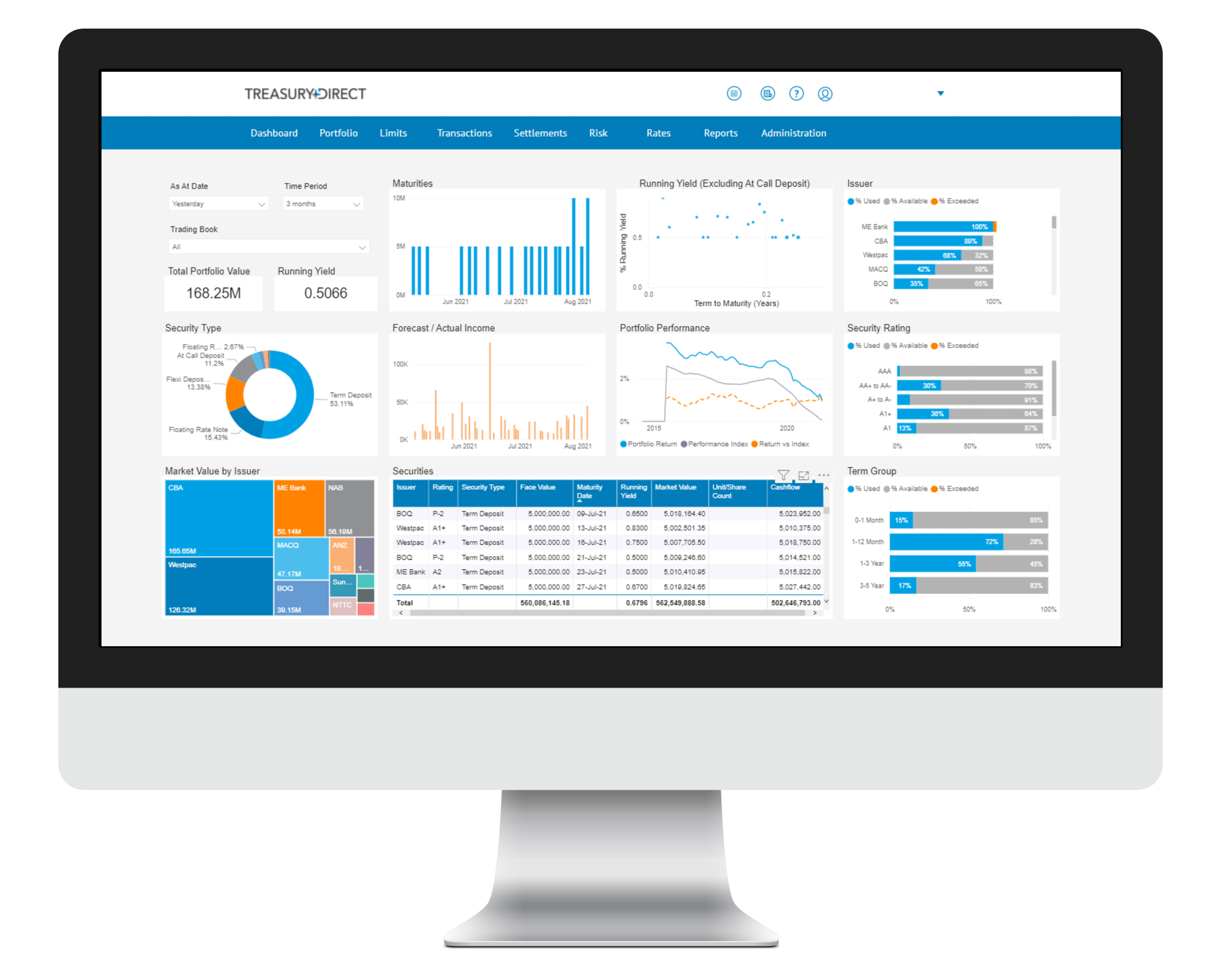Markets Overview
- ASX SPI 200 futures up 0.2% to 8,265.00
- Dow Average down 0.3% to 41,249.38
- Aussie up 0.3% to 0.6422 per US$
- US 10-year yield little changed at 4.3785%
- Australia 3-year bond yield rose 5.6 bps to 3.41%
- Australia 10-year bond yield rose 5 bps to 4.29%
- Gold spot up 0.6% to $3,324.98
- Brent futures up 1.7% to $63.91/bbl
Economic Events
US stock futures surged and the dollar rose after China and US negotiators said “substantial progress” had been made on trade talks held in Switzerland, though offered little other detail.
The greenback climbed against major peers including the yen, euro and Swiss franc in early trading Monday, while the Australian dollar and offshore Chinese yuan edged higher. S&P 500 and Nasdaq 100 futures climbed more than 1%, while oil rose and gold fell.
Speaking after two days of negotiations in Geneva, US Treasury Secretary Scott Bessent and Trade Representative Jamieson Greer said that they will share more information on Monday. Greer told reporters “differences were not as large as maybe thought.” Chinese officials echoed the message during a separate briefing on Sunday, saying that talks between the two sides achieved a “sound sustainable development’ for the Chinese-US relationship.
“I’d imagine we’ll see at least some kind of knee-jerk risk-on move, as participants had trimmed risk ahead of the talks, and are likely now a bit more comfortable to re-enter those positions given that we’ve seemed to avoid a worst case scenario of the talks collapsing, and do appear to have achieved some progress,” said Michael Brown a senior research strategist at Pepperstone Group Ltd. in London, “That said, I’d imagine conviction is going to be lacking until we hear specifics. It’s very much a case of having more questions than answers at this stage.”
Investors entered the weekend seeking signs of a detente in the trade war that’s been the biggest driver of markets this year. The fear is that unless reversed, tit-for-tat tariffs risks dealing a stagflationary blow to the US and world economies by driving them into recession and at the same time boosting inflation.
Markets have erased much of the damage from Trump’s so-called Liberation Day tariff announcements as the president pulled back on some of his protectionist pledges, but investors are nevertheless likely to stay wary of staking large bets on encouraging comments before any concrete plans are announced to reduce levies, especially those between the world’s two largest economies.
Wall Street ended Friday on a cautious note, with stocks and bonds fluctuating, after some optimism in the preceding days that the talks in Switzlerland would at least narrow differences between Washington and Beijing.
“The de-escalation of trade, economic and geopolitical tensions could give market risk sentiment a boost,” said Valentin Marinov, head of G-10 FX research and strategy at Credit Agricole. “The latest developments could become a boon for risk-correlated assets and currencies and a blow to safe-haven currencies like the yen, Swiss franc and even the euro.”
Risk assets may also benefit from the ceasefire between India and Pakistan, as well as signs the leaders of Russia and Ukraine may meet this week.
Rounds of retaliation have raised US tariffs on imports from China to 145%, while the Chinese have put in place a 125% duty on US goods. Two-way annual trade between both countries is around $700 billion, and China has an estimated $1.4 trillion of portfolio investments in the US.
The US side had set a target of reducing tariffs below 60% as a first step that they feel China may be prepared to match, people familiar with the conversations said before the weekend. Trump said on social media on Friday that an 80% levy “seems right!”
The S&P 500 Index has risen back to around where it was prior to Trump’s announcement of reciprocal tariffs in early April, a declaration which triggered the worst day for equities since 2020.
A week later, Trump paused the steepest of the tariffs on most countries other than China, sparking a rally in the S&P 500 that was the best since the 2008 financial crisis. A trade deal struck with the UK last week also helped lift confidence that pacts were possible although the details disappointed.
Trade pressures are already starting to hit US businesses, with companies from United Parcel Service Inc. to Ford Motor Co. to Mattel Inc. withdrawing guidance, citing tariff uncertainty that’s getting too hard to navigate. The average member of the S&P 500 made 6.1% of its revenue from selling goods in China or to Chinese companies in 2024, according to an analysis from Bloomberg Intelligence.
The dollar last week enjoyed its biggest weekly gain since late March, but is still suffering its worst start to the year in at least two decades with the Bloomberg Dollar Spot Index down 6% so far. Since April 2, speculative traders — including hedge funds and asset managers — have build an increasingly bearish position on the dollar, according to data from the Commodity Futures Trading Commission. They hold some $17 billion worth of wagers tied to bets that the greenback will weaken, the latest data show.
Chinese shares edged lower on Friday amid investor caution. The region’s CSI 300 Index has come close to recouping all its losses since Chinese goods were targeted with US tariffs above 100% early last month. Strategists at Goldman Sachs Inc. last week raised their 12-month index targets for MSCI China and CSI 300 to 78 and 4,400, implying about 7% and 14% returns from the current levels.
Despite their traditional safe-haven status, Treasuries have also slipped since early April, sending the yield on 30-year bonds up to 4.83% on Friday, from a recent low of 4.41% in early April.

